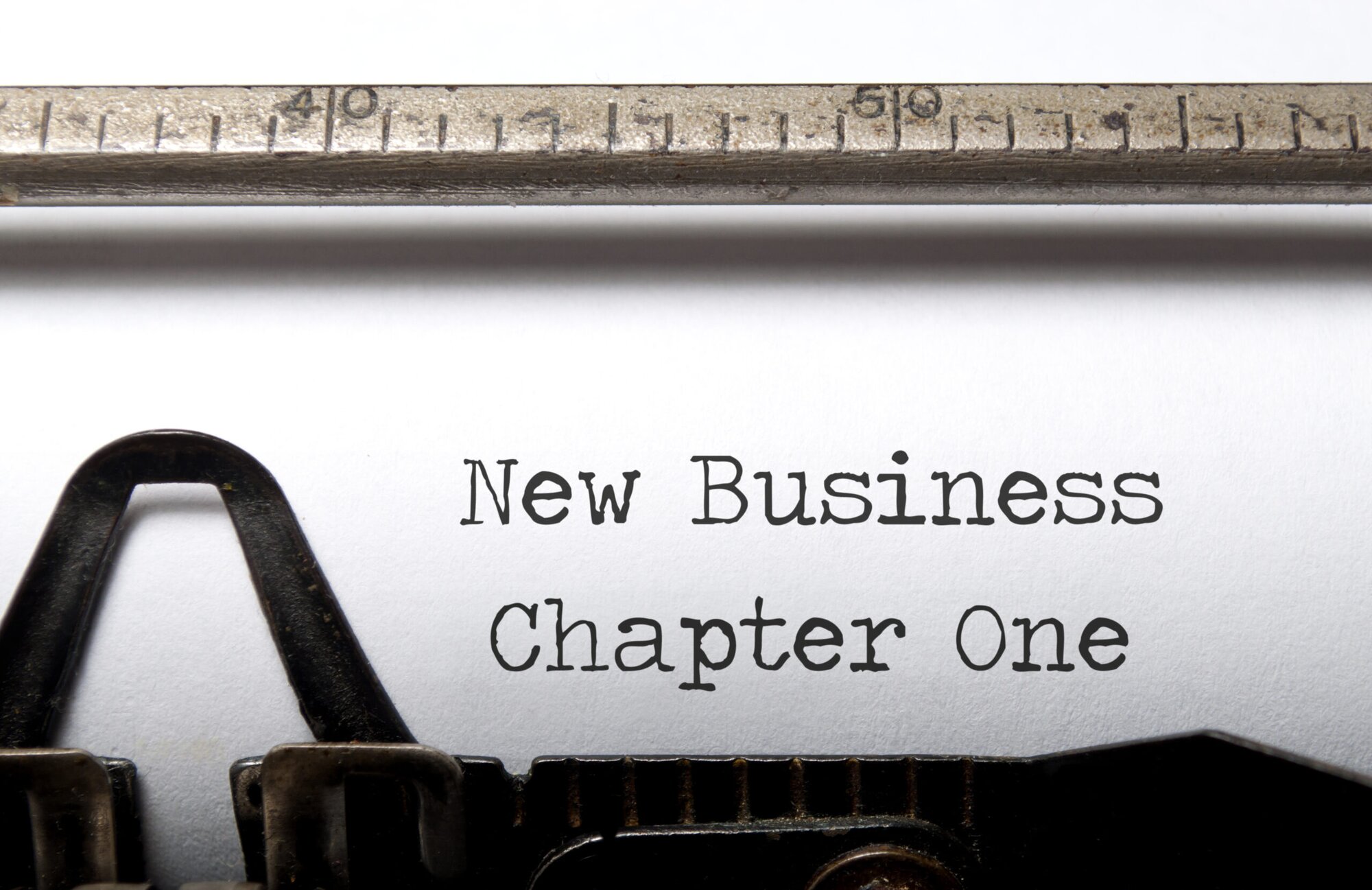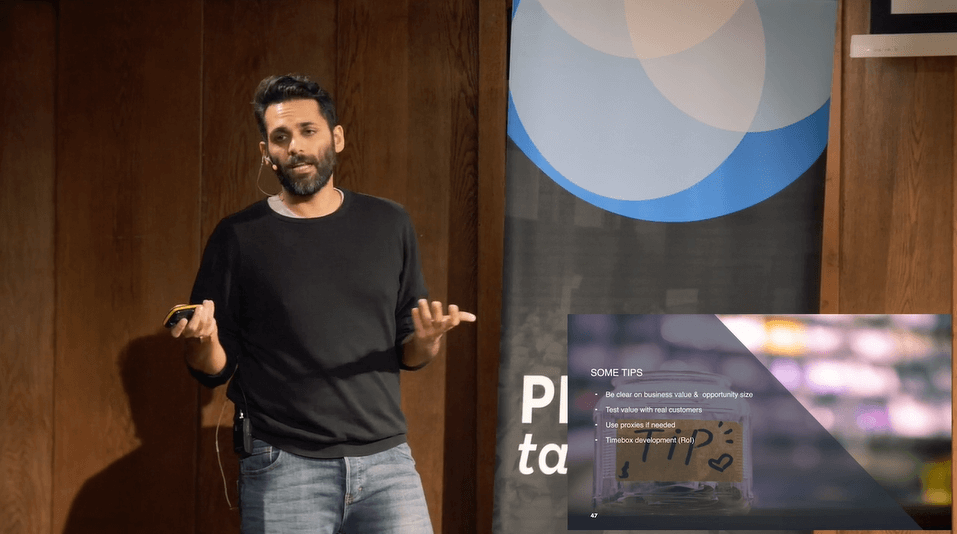In this #mtpcon Digital APAC session, Product Leadership Consultant Anthony Marter shares with us a three-step guide for getting product discovery right, which can lead to highly motivated teams that build great products.
Watch the session in full or read on for the highlights.
Creating the right environment
Anthony begins by sharing one of the agile principles that resonate with product managers, Agile Principle #5. “Build products around motivated individuals. Give them the environment and support they need, and trust them to get the job done,” he explains.
Great teams are motivated teams, which can help product teams move from a feature factory towards a highly collaborative, discovery-focused group of teams. Discovery, when done right, is the catalyst behind creating these motivated teams. For Anthony, discovery helps assess the dimensions of feasibility and decide whether a product is valuable, usable, ethical, feasible, or viable.
3 step guide to introducing discovery
So how do you get discovery right?
“First of all, don’t call it discovery,” says Anthony. The reason for this is that someone is already doing it, which can create conflict in the team.
The solution can be found in three steps.
1. Metrics
As a product manager, you need to explain to your team how things will be different after discovery is completed. Have a conversation about what might be measured, which can shift the conversation from taking measurements to what can be measured. This can help to expose misalignments around expected outcomes. If there is no qualitative data to measure, find qualitative data by talking to a few customers and see what has changed.
2. Find the facepalms
Anthony explains that introducing discovery as a concept within your product team without stepping on anyone’s toes would be to look back and see if products had the impact you thought they would. Find the facepalms or the instances where early investment in testing outcomes would have helped. You can then turn these into war stories for later that help to make your case.
3. There must be a better way
Discovery should be inserted upstream of a business case so that it gets done at the right time. As product managers, this can help you to tackle the four dimensions of feasibility quicker and present an opportunity to start extending the notion of cross-functional teams such as legal.
Bring the team into discovery
As Anthony explains, many agile approaches rely on the Discovery Double Diamond, which instructs product managers to understand the problem and then design the right solution. In this model, the team isn’t involved in the discovery process. Instead? Bring the team into discovery as part of the product backlog to become part of the regular workflow.
The key takeaways from this session are making discovery visible and reminding everyone in the organization about the value of discovery. By bringing the team into the discovery process, you can create more motivated teams. As Anthony points out, when done right, you find the sign of a successful team, which is when they are collectively deciding not to do things.
Discover more on…discovery!
The process of discovery helps you to reduce uncertainty, to better understand if a product is really what your users need and want. For more insights on the method, browse our library of content on Product Discovery and, for even more product management topics, use our Content A-Z.
Mind the Product members can also check out more talks from #mtpcon. Not yet a member? Learn about Prioritised and MTP Leader membership today.






